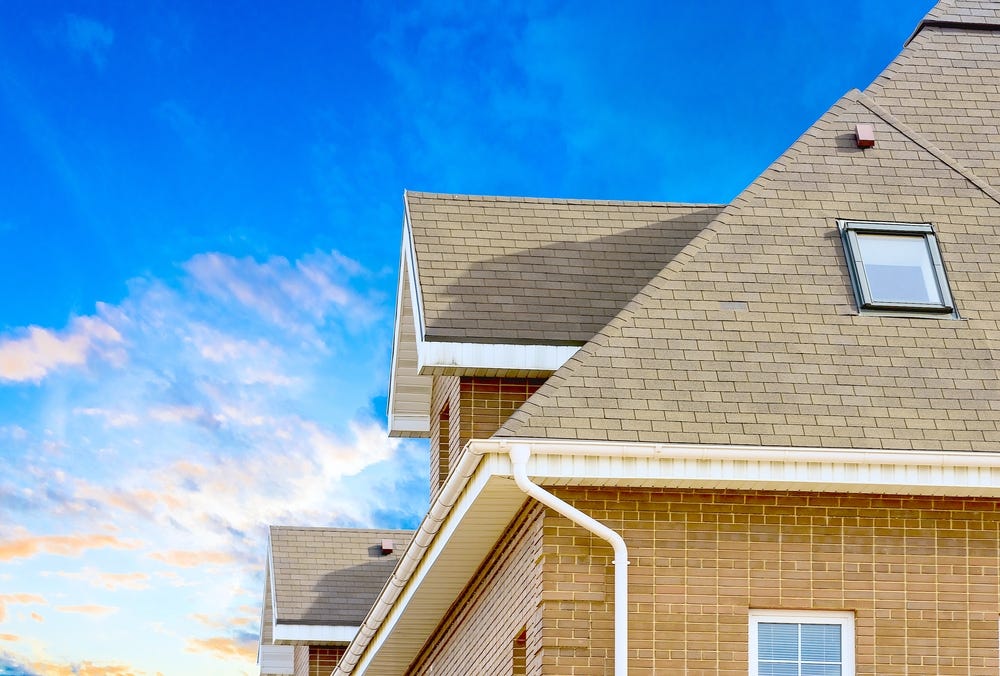Home maintenance & insurance: Tips you can use
Maintaining your home is key to retaining value, minimizing claims, and reducing costs. Here's what you need to know about home maintenance, especially as it pertains to homeowners insurance.
Is it time to replace your roof? 8 red flags to watch out for
A leaky roof is proof enough that you need a repair. But how do you know when it’s time to replace your roof entirely?
Read this post